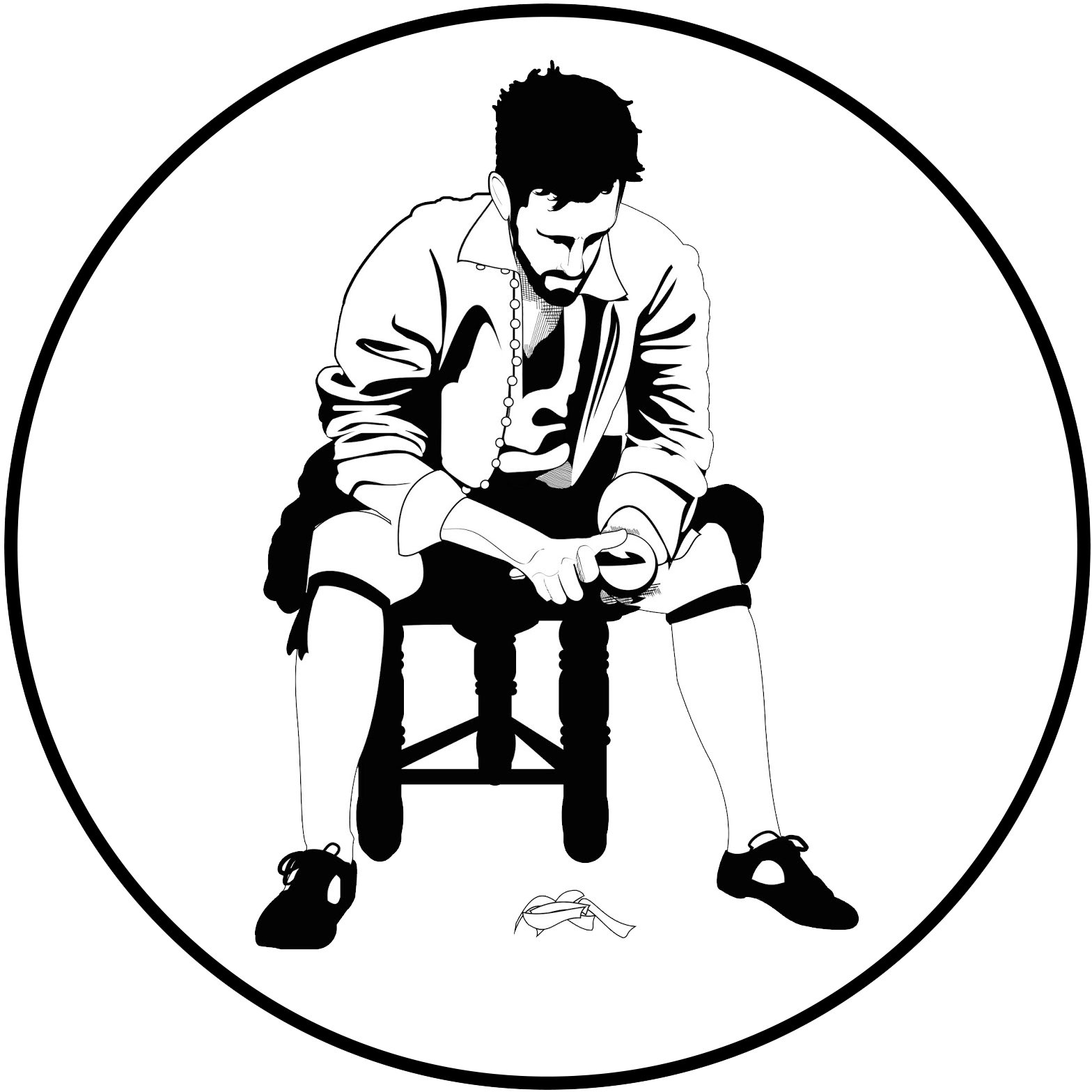It’s been the long way around, but we’re in the home stretch, so let’s wrap this up and make some pins, shall we?
To recap
First Attempt
- First bone: I’ve a bone to pick with my butcher…
- Second bone: The Pinner’s bone: Pinmaker’s Guild Redux
Additional Research:
- Pinned Into Your Clothes: A study in silk, linen, thread, and lead
- Studying Extant Pinner’s Bones
- Tool marks and the tools that made them
- The Pinner’s Stone?
- The Worshipful Co. of Pinners and Wiredrawers
- Drawing Wire
And now we turn some wire into some pins…
Cut some lengths of heavier brass wire. Wind up some lighter, softer, wire into springs with an inside diameter the same as the heavier wire.
Cut the springs into sections of three or four rounds. Remember that a spring is stored energy, so cover the cut with your hand or cut into a large bowl or you’ll be hunting for the thing on the floor across the room if you manage not to hit yourself in the eye.
Use your hammer and a bench block or anvil to flatten one end of each wire to form a slightly-wider tag. This will create a stop for your tiny spring when you put it on the shaft.
The fit with be tight, so if you need to, you can drill a hole in a piece of wood and drive the pin wire into the spring and through your hole in the wood. Just be careful not to smoosh your shiny new pinhead.
Here’s where we run into the law. In 1542, an act of Henry VIII¹ “An Act for the true making of Pynnes” required that the heads be soldered to the shaft² to prevent them from becoming dislodged during use.
The historic method of soldering here is a pain in the butt and you can braze these into place in the modern fashion if you prefer, but the results will look slightly different.

Put pebbles of solder into a ladle and put it over a heat source. I used pine rosin as flux, but brass flux and jewelry solder will make a prettier pin. This is off-the-shelf lead-free solder, which is an alloy of silver, tin, and copper. It’s pretty gloppy and I’ll probably remove it from the pins I made with it.
Watch those fumes too and work outside or under a vent hood; even lead-free solder is nasty stuff when it comes to your lungs.
Cold forging is always an option whether you solder or not. Cut two hemispheres into opposing faces of sufficiently hard metal. I used a couple of bolts and seated the bottom one in the hardy hole of my Anvil-Shaped Object.

Just be careful how you whack that pinhead, though the results can be amusing and even pretty at times.
King Henry would not approve, the old fuddy-duddy, but this would be a lovely dress pin even without any solder. There’s really nothing like a bit of unnecessary force when there’s metals to entangle.

We’ve discussed the use of the pinner’s bone to sharpen enough times that I’d think you’d know it by now. You can read it here and here if you came to this post by other paths than reading along in order.
For the full, sad, history of the pinners and how they fit into the Economy of Tudor England, you can track back and read more here.
I also sorted out my needle issues, but that’s another post.
Bye for now,
Scott
¹ Acts of the Parliament of England 1485-1601, via Wikipedia
² “soudered fast the the shanke” Quoted in Popular Law-Making; a study of the origin, history, and present tendencies of law-making by statute by Frederic Jesup Stimson, Scribner 1910, accessed 08/05/2018















